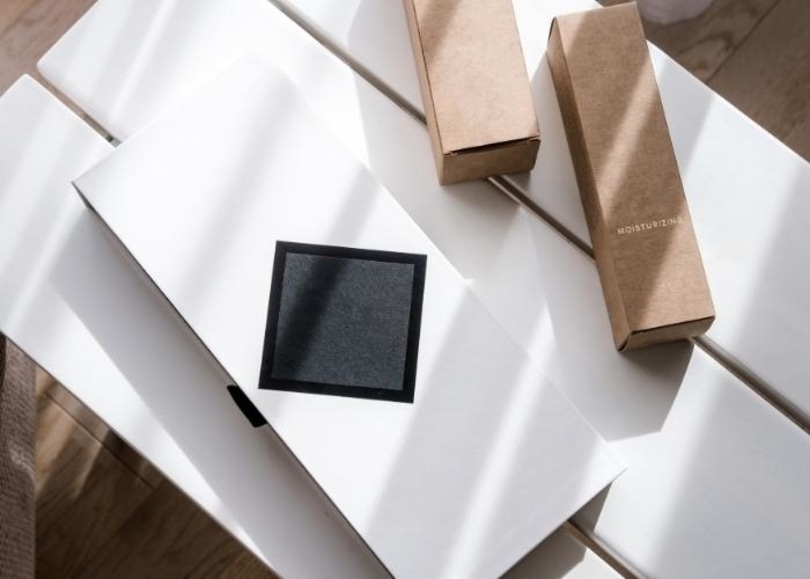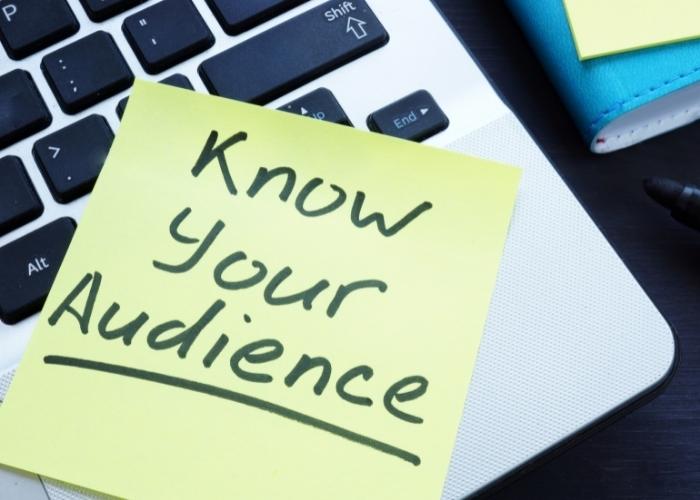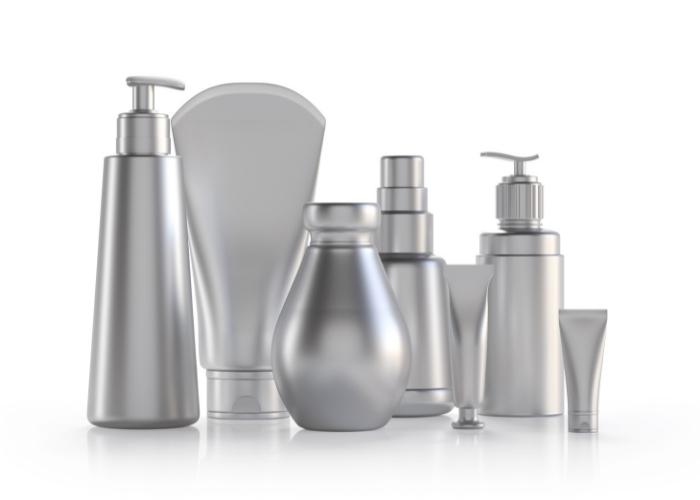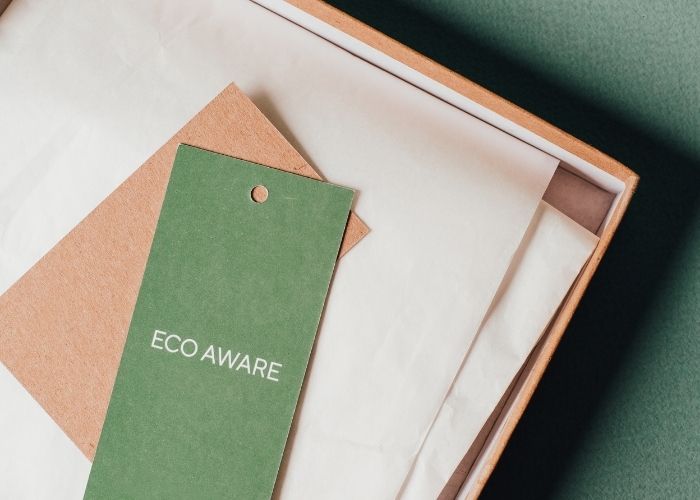If you sell a physical product, you need to pay close attention to the packaging. In many respects, it’s this simple element that makes or breaks your chances of converting a shopper into a customer. You can think of it as the curb appeal of your product.
The Importance of Product Packaging
Imagine you’ve just spent $1,500 on a new gadget. It’s a product that you’ve researched for months and you’re really excited about getting it. You even paid an extra $15 to have the shipping process expedited by a couple of days. Every hour, you’re checking the tracking on your phone to see if it’s any closer to arriving.
Finally, after several days, you get that beautiful little notification in your inbox that your order has arrived. You open up the shipping box and there the gizmo is. The only thing is, it’s been lazily thrown into the box, and the various parts are scattered. You frantically check to make sure everything is intact and, much to your relief, nothing is broken. However, you’re pretty disappointed.
You spent months getting excited about this product and then several days patiently waiting for it to arrive, yet your first interaction with the product is a huge letdown. In some ways, the packaging (or lack thereof) actually hurts your overall impressions of the product. It feels a little cheaper than it did when you forked over $1,500 at the point of sale.
Now contrast that experience with another one. Let’s say the package arrives, you open it up, and inside is a carefully placed box. You touch the box and it just feels different. It has a nice matte finish and there’s a raised embossed picture of the product glimmering on the box. There are two tabs on either side of the packaging and you lift the top off. Inside, each individual part is carefully tucked into its own compartment. On top, you find a simple welcome packet explaining how to set up the product.
In this second scenario, the delivery and unboxing of the package actually become part of the experience. Suddenly, you’re even more excited about the product (and $1,500 seems like a steal). Your first impression is insanely positive, and you even take a picture and share it on Instagram.
In both of these situations, the product and price point are the same. They arrived on your doorstep in the same amount of time. There’s nothing different about the experience, other than the packaging. Yet you, as the customer, would feel totally different about the product in each scenario. That, my friend, is the importance of packaging in a nutshell.
Research shows that 72 percent of customers say product packaging influences their purchase decisions. Furthermore, 30 percent of brands say they report an increase in revenue after improving packaging design. And consider that 4 out of 10 consumers will post photos of their products on social media if the packaging is interesting and unique.
Clearly, packaging has an impact, but the question is, why? For starters, colors affect purchasing decisions. When you include the right colors, you can psychologically motivate people to make a purchase.
“The size of your product packaging may also speak to perceived value, which means that depending on the type of product, people may think that the product has more or less financial value, based on how much space it takes up,” entrepreneur Nicky LaMarco writes. “In fact, the ‘little blue box is now a common phrase, based on Tiffany’s little blue box.”
Packaging isn’t everything – and it certainly won’t make up for a product that’s lacking in quality or features – but it can certainly enhance the perceived value and add to the overall brand experience for customers. If it’s been a while since you’ve thought strategically about your product packaging, now may be a good time to head back to the drawing board.
Do you want to design highly-effective physical product packaging?
6 Tips for Designing Compelling Product Packaging
As you think about packaging, here are several useful tips and suggestions for designing something that resonates with your target customers:
1. Know your audience
Good packaging is in perfect alignment with your ideal customer. You aren’t designing packaging to win awards or make everyone happy. You’re designing it to speak to your target customer – the person who is actually going to give you money for your product. Thus, you need an intimate understanding of who your customer is.
Does your customer want a quick and easy experience? Are they focused on sustainability and being eco-friendly? Do they expect a high-touch, luxurious experience? Do they expect to be able to store the product in the packaging indefinitely? Details matter.
2. Partner with professionals
There are plenty of online tools that make designing your own product packaging easy. And if you want, you can hire a “packaging designer” on a website like Fiverr or Upwork. But this is not something you want to cut corners with in order to save a few bucks. We’re talking about something that could make or break a customer’s willingness to purchase your product and/or that will have a lasting impression on them. If you’re going to go through the process of redesigning your packaging, work with people who know what they’re doing.
For example, Burd and Fletcher has worked with some of the top brands in a variety of industries and verticals. They don’t just throw together some designs and hope they stick; they have a detailed process that includes brand strategy, design, prototype development, production art, prepress, press, finishing, casing and palletizing, shipping, fulfillment, etc. That’s what professional packaging design looks like. (And a guy charging $75 on Fiverr can’t come close to matching the results.)
3. Use color strategically
Color serves three very specific and important functions in your packaging design:
- First, it captures the customer’s attention. Studies show that red, yellow, green, and pink do the best job of this, so finding a way to incorporate one or more of these colors usually helps. You should also pay attention to your competitors’ packaging. If they’re all using the same colors, designing something different will help you stand out.
- Secondly, color conjures up emotional associations. There’s a reason so many fast food companies use the color red (it intensifies appetite) and jewelry companies like black (it conveys luxury).
- Thirdly, the colors you use should reinforce your brand’s identity. If your branding is red and black, then it probably doesn’t make sense to use green and pink. There needs to be some consistency in order to strengthen your brand identity in the mind of the customer.
Now is the time to design visually appealing physical product packaging for your business!
4. Simple is best
You’ll notice that simplicity is all the rage in today’s product packaging design world. Whereas packaging from previous decades used to focus on including as much information as possible, today’s best packaging is all about stripping away the fluff and focusing on what matters.
If you do choose to go the route of simple, make sure everything is simple. This includes reducing the patterns, colors, and elements. You want your product to look calm and reassuring. There should be no friction whatsoever.
5. Don’t forget about typography
For some reason, brands often forget all about typography when designing packaging. They’ll spend weeks thinking about different materials, colors, and copies, but then they totally ignore how the text looks on the packaging. This is a big mistake that can have a major negative effect.
Typography isn’t just about size. It’s really about legibility. Font choices, spacing, colors – all of these factors come into play. And going back to the previous point, simplicity is a must. This isn’t an area to get fancy or overdo things. Simple typography that allows your copy to shine will get you the best results.
When choosing fonts, you’ll have to think about the size of the text and the material. For example, printing directly onto a cardboard box can be tricky. If your font is too light or thin, it won’t show up as well as it would on denser materials. Good font options for cardboard include Helvetica Neue, Franklin Gothic, and Cooper Black. But if you’re printing on something like a folding carton, you might want to use Futura or even Pacifico.
6. Think about how it’ll be sold
Finally, you can’t design effective packaging if you aren’t paying attention to the delivery. And by delivery, we mean how it ends up in the customer’s hands.
Is the product primarily shipped and sold via Amazon? Do you do local deliveries? Is the product normally sold on physical brick and mortar shelves? And if it’s sold on shelves, how is it displayed?
For products that are sold primarily in-store, the packaging is even more important. You can think of it as the billboard for your product. It has to wow people. If it’s sold online, you have a little more leeway. However, you have to think extra hard about durability during shipping.
On the other hand, if you sell your products offline, in a retail store for examples, not only do you want to work on your store’s merchandising, layout and lighting design, you also want to drive traffic to it. How? You could combine digital marketing, word-of-mouth, billboard advertising, referral marketing and more.
Take Your Products to the Next Level
You aren’t going to build a million-dollar brand on packaging alone. However, you can certainly hold your business back from achieving high levels of growth by having low-quality packaging. Take your products to the next level by reevaluating your current packaging and investing in a more modern redesign. You’ll like the return on investment!
Growth Hackers provides unique graphic design services helping businesses from all over the world grow. There is no fluff with Growth Hackers. We help entrepreneurs and business owners with designing highly-effective physical product packaging, driving targeted traffic, generating qualified leads, optimizing their conversion rate gathering and analyzing data analytics, acquiring and retaining users and increasing sales. We go further than brand awareness and exposure. We make sure that the strategies we implement move the needle so your business grow, strive and succeed. If you too want your business to reach new heights, contact Growth Hackers today so we can discuss about your brand and create a custom growth plan for you. You’re just one click away to skyrocket your business.







